
The current president of the American Neurological Association specifically mentioned the work some groups are doing with small molecule imaging methods to help with this issue.

The current president of the American Neurological Association specifically mentioned the work some groups are doing with small molecule imaging methods to help with this issue.

The director of the Center of Neurogenetics at Weill Cornell Medicine spoke about the wealth of improvements that have really turned this area of medicine into a much more hopeful one.

The Global Medical Lead for Migraine and Headache at Teva Pharmaceuticals, the therapy’s developer, discussed its performance in patients with medication overuse headache.

The assistant professor of neurology at the University of Pennsylvania discussed the complication of cognitive issues faced by patients with epilepsy, and how these are being addressed in the clinic.

Impairment of physiological spindle activity in the hippocampus during NREM sleep by interictal epileptic activities may have negative consequences on long-term memory consolidation.

Henchcliffe discussed the progress that has been made in this area, and where things are headed going forward.

The director of the Pediatric Movement Disorders Program at UT Southwestern spoke about the ability of advanced imaging to help better understand the causes of disease.

Those suffering from significant emotional distress and sleep disturbances may benefit from targeted interventions to restore consolidated REM sleep or prevent the occurrence of fragmented REM sleep.
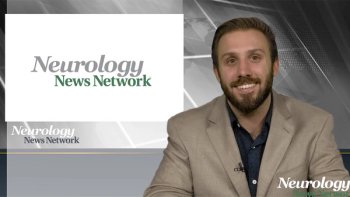
Neurology News Network for the week of October 20, 2018.
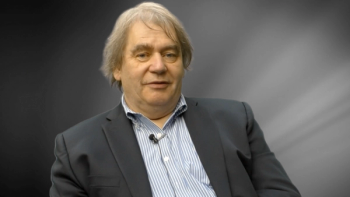
The director of the Comprehensive Multiple Sclerosis Center at Thomas Jefferson University discussed the concept of lymphocyte depletion to reset the immune system.
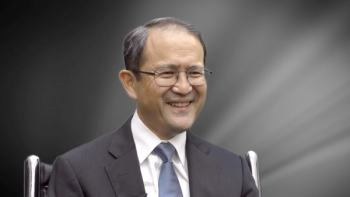
The smartphone application-led program, Floodlight Open, recently initiated in the US and Canada.
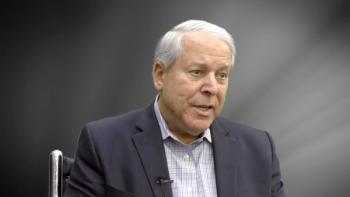
The goal of the free application is to make cognitive assessments routine in multiple sclerosis treatment.

One of the highly debated topics at ECTRIMS 2018 was the use of the investigational biomarker, neurofilament light, in the clinic.

Learn about the most insightful article Dr Lazzara has ever read in a research journal.

The professor of neurology at Colorado University spoke about the ongoing phase IV trial to determine the safety of DMT discontinuation in MS.
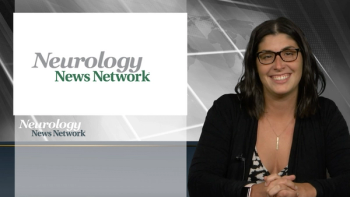
Neurology News Network for the week of Oct. 12, 2018.

The Head of Global Clinical Development in Neurology at EMD Serono provided insight into the therapy's performance in phase IIb.

The director of Thomas Jefferson's Comprehensive Multiple Sclerosis Center spoke about the introduction of this treatment method into MS.
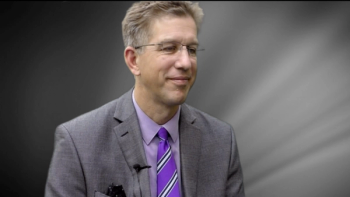
The staff neurologist at Cleveland Clinic’s Mellen Center for Multiple Sclerosis spoke about the current understanding of the biomarker.
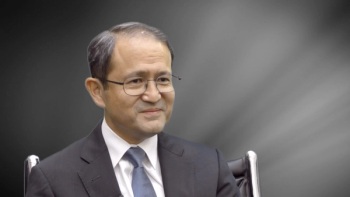
The Global Head of Neuroimmunology at Genentech discussed the upcoming phase III trial of ocrelizumab while on-site at ECTRIMS 2018.

The vice president of Medical Research at Biogen spoke about the intersection between high-quality data utilization and individualized medicine in multiple sclerosis.

The professor of neurology at the University of Colorado posited that if certain criteria are met, it could be appropriate to take patients with multiple sclerosis off of DMT.

The postdoctoral scientist spoke about an actimetry-based method studying the clinical relevance of temporal dynamics of sleep to make the dynamics easily quantifiable in everyday context.

The medical coordinator of the Multidisciplinary Sleep-Wake Disorders Center at Antwerp University Hospital spoke about how to address some of the issues faced in OSA treatment development.
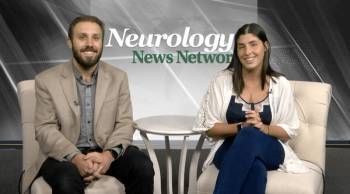
Neurology News Network for the week of October 6, 2018.

The identification of the subtypes allows future studies to target homogeneous subtype samples, resolve inconsistencies, personalize treatment and utilize preventive interventions.

Proof-of-concept studies using a targeted phenotypic approach to reduce obstructive sleep apnea severity are showing exciting results.

The identification of 3 key non-anatomical contributors to OSA has unlocked new potential pharmacotherapies, a major advance for the field.
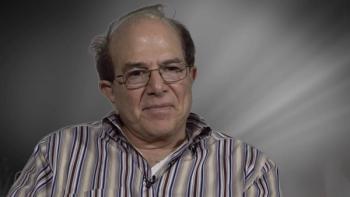
Silberstein spoke about the high prevalence of individuals with migraine in the United States, adding that the major problem in the space today is the lack of resources.

Recent research has identified novel potential pathophysiological mechanisms that could potentially serve to subclassify various phenotypes in obstructive sleep apnea.